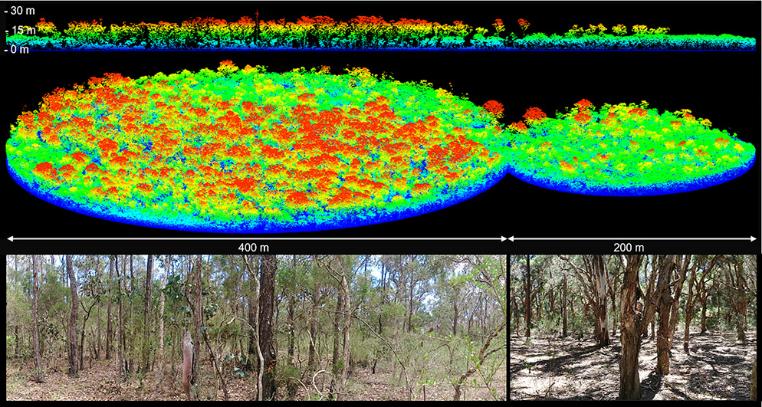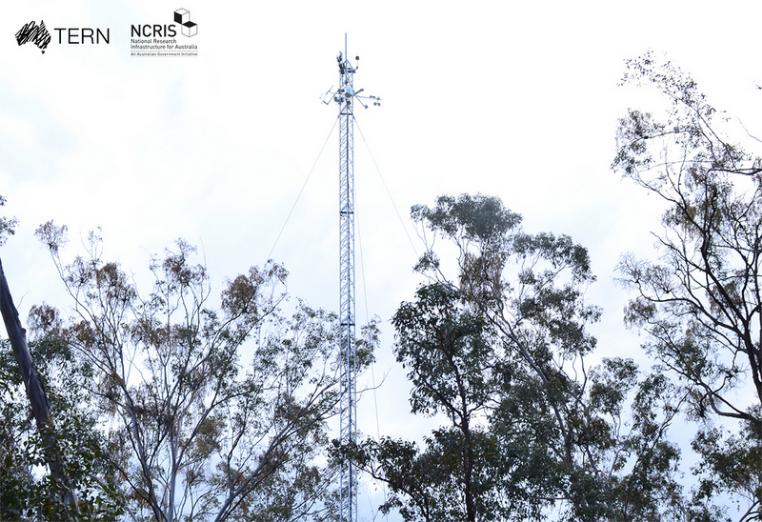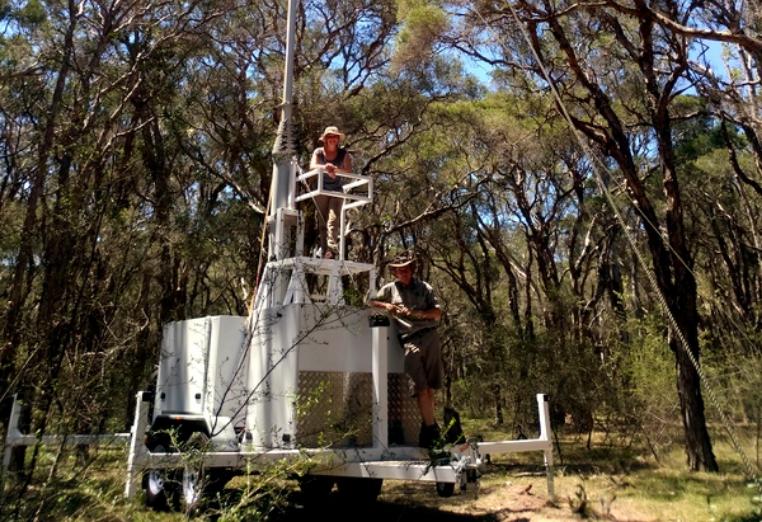New science using TERN finds Melaleuca forests—think tea trees and paperbarks—are more vulnerable to climate stresses than eucalypt forests. Storing >5% of Australia’s forest carbon, the findings have implications for carbon accounting and highlight the vulnerability of melaleucas to projected hotter and drier future climates.
A lack of data is precluding a holistic assessment of the resilience of Australia’s forests to climate change. Research integrating the use of research infrastructure with a more traditional field inventory is addressing this with respect to Melaleuca forests, which cover more than six million hectares—about the area of Tasmania.

Monitoring ecosystem function in a vulnerable peri-urban environment
Storing around 5% of the total carbon of all Australian native forests, little has been known about how melaleucas sequester carbon under different growing conditions and increasing climate-driven stresses.
A timely new collaborative study fills this knowledge gap by assessing the dynamics of melaleuca and eucalypt ecosystems in western Sydney’s critically endangered Cumberland Plain woodland, a dwindling refuge for melaleuca trees in this peri-urban region.
Dr Anne Griebel of Western Sydney University’s Hawkesbury Institute for the Environment led the environmental monitoring systems investigations, which employed an innovative approach using a suite of research infrastructure, including from TERN.
“To identify species distribution and associated variations in forest structure we combined on-ground field data on both eucalypt and melaleuca forest types with airborne LiDAR data collected by an airplane”
“Then, to simultaneously monitor carbon and energy fluxes under typical growing conditions, as well as during periods of high temperatures characterised by hot and dry air and low soil water content, which are typical during heat waves, we combined the micro-meteorological data collected by the eddy covariance flux tower at TERN’s Cumberland Plain SuperSite with a mobile observatory set up in a pure melaleuca patch adjacent to TERN’s permanent monitoring station.”

Climate-driven tipping point
“We found that in normal conditions both forest stands had surprisingly similar daytime carbon and heat exchanges. However, during periods of heat and water stress, both stands changed from a carbon sink to a source, and the melaleuca forest struggled to preserve water.”
Not only do these findings have implications for on-going national carbon accounting, they also highlight the potential for increased vulnerability of melaleucas to projected hotter and drier future climates.
Importantly, Anne notes that that distribution of melaleuca trees and their natural habitats in the Sydney Basin are increasingly threatened by land-use-change and associated habitat fragmentation, which in addition to projected changes in climate adds further pressure on local ecosystems.
“Our landscape research is essential for conservation and restoration efforts that increasingly recognise the importance of local biodiversity, and simply wouldn’t have been possible without the research infrastructure provided by Western Sydney University and TERN.”
- The Cumberland Plains SuperSite is one of TERN’s highly instrumented field sites that monitor Australia’s ecosystem processes at a high level of detail.
- For more information on this research please contact Dr Anne Griebel. Anne is convening a joint session together with University of Wisconsin, the National Ecological Observatory Network (NEON) and LI-COR at the AGU Fall Meeting in San Francisco in December 2019. The session is titled: Surface-Atmosphere Interactions: Advances in Analysis and Scaling of Surface-Atmosphere Fluxes.








